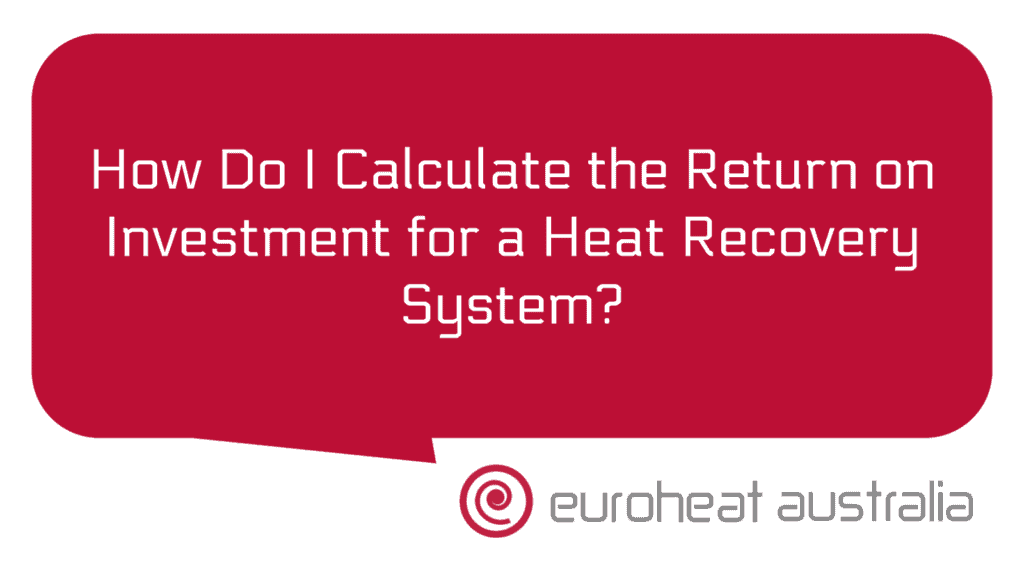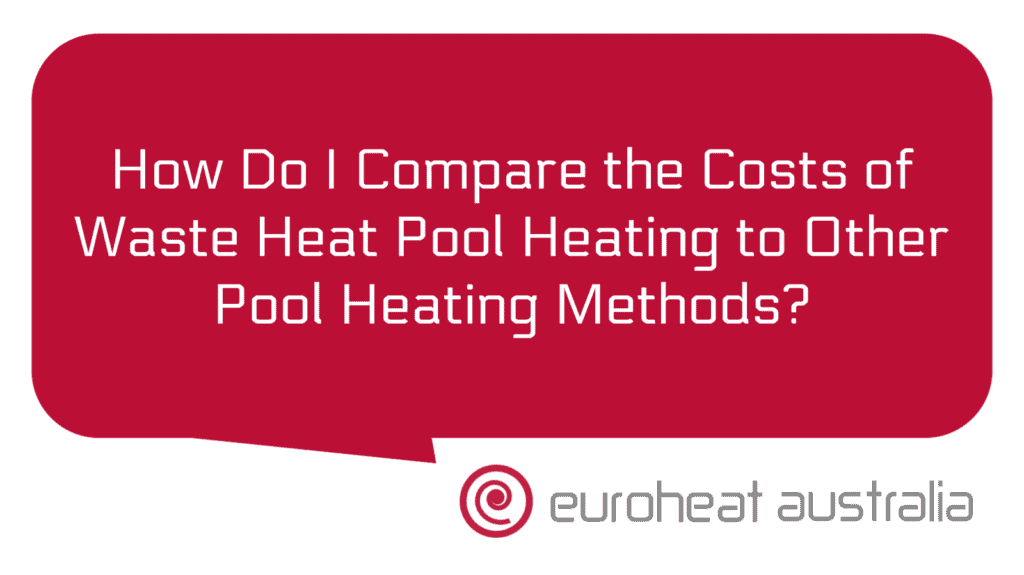Calculating your return on investment (ROI) for a heat recovery system can be confusing and intimidating, but it doesn’t have to be. There are a number of factors that will help you determine the ROI of your heat recovery system, and with the right information, you can make an informed decision about whether or not to invest in one.
The most important factor in determining your ROI is understanding the energy savings and cost reduction associated with heat recovery systems. Heat recovery systems are designed to take heat from one area of your home and transfer it to another, ultimately reducing your overall energy costs. For example, a typical household might use a heat recovery system to transfer heat from the kitchen and bathrooms to the living rooms and bedrooms. This can reduce your energy bills by up to 25%, depending on how much you use it. Additionally, a well-constructed heat recovery system could last up to 20 years, meaning that you’ll be able to get many years’ worth of savings out of it.
When calculating the ROI of a new heat recovery system, you’ll also want to consider any other costs associated with its installation. Depending on where you live, there may be additional fees for permits or inspections that need to be taken care of before installation begins. You’ll also want to factor in the cost of materials such as piping, insulation, fans and other components needed for proper installation. Additionally, if you choose to work with professionals like Euroheat Australia – Perth engineers & installers who design & construct hydronic heating & cooling systems – they can provide valuable advice on the most efficient design for your home while taking into account any special requirements that may exist in your area.
Once all these costs have been taken into account, divide them by the total amount of energy savings achieved over time (in kilowatt hours). This will give you an estimate of how much money you’ll save each year as a result of your heat recovery system. Multiply this figure by 10 (or however many years you expect it will last), and then subtract from it any initial costs such as those mentioned above so that you get an accurate picture of what kind of return on investment you can expect from installing a new system.
For instance: let’s say that after taking all expenses into account (including labour costs), installing a new heat recovery system would cost $10 000 upfront. If after one year of using this new system you save 500 kilowatt hours compared with what was being used before – at an average rate per kilowatt hour – this would come out at $50 saved per year in energy costs alone! Over 10 years this comes out at $500 saved each year – meaning that after subtracting initial installation costs ($10 000) from total savings ($500 x 10 = $5000) over 10 years we’re left with an overall gain of $4000!
So there we have it – this is just one example showing how easy it is to calculate your return on investment for a new heat recovery system when working with experienced engineers like Euroheat Australia! They not only provide expert advice on how best to design & construct hydronic heating & cooling systems for residential homes in Perth but also offer competitive prices too so don’t hesitate if you’re thinking about investing in one soon!





